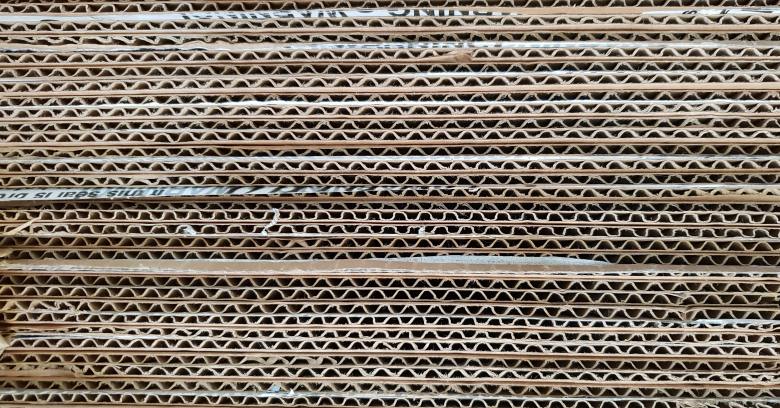
A recent study by the Australasian Paper Industry Association and The Real Media Collective has found that the COVID-19 virus could survive in cardboard for up to 24 hours.
The study identifies latest and most referenced scientific research of COVID-19 surface rate of infection is the ‘Aerosol and Surface Stability of HCoV-19 (SARS-CoV-2) compared to SARS-CoV-1’ published in The New England Journal of Medicine.
Within this research, surface stability was evaluated across plastic, stainless steel, copper, and cardboard across a range of household and hospital situations.
Paper as used for print marketing, catalogues, magazines or other commercial requirements was not specifically tested, but its closest substrate, cardboard, was.
The study found that the COVID-19 virus could be detected up to 24 hours on cardboard, up to three hours post aerosolisation in aerosols, up to four hours on copper, and up to two to three days on plastic and stainless steel.
The virus showed relatively long viability on stainless steel and polypropylene (plastic) compared to copper or cardboard: the median half-life estimate for COVID-19 is around thirteen (13) hours on steel and around 16 hours on polypropylene (plastic).
Across Australia and New Zealand, print and mail processing time occurs over more than three days, which experts say that material arriving in a mailbox including letters, magazines and packages are safe.
“In general, because of poor survivability of these coronaviruses on surfaces, there is likely very low risk of spread from products or packaging that are shipped over a period of days or weeks at ambient temperatures,” the U.S Centre of Disease Control and Prevention said, in the report.
In addition, Australia Post is implementing further safety across signature and social distancing practices to already existing safety and handling measures.
In addition, the conditions are controlled and constant in a laboratory environment, according to Lloyd-Smith, the author of the report.
“By comparison, in the real world, conditions fluctuate – conditions like temperature, humidity and light. So, the survivability may vary, too. For instance, if the virus contaminates a sunny windowsill or countertop, it may not last as long,” he said.
The Real Media Collective CEO Kellie Northwood told Sprinter that this immediate period of time is an era of unchartered territory and the criticality of what the industry works through is to collect and share information to the broader industry.
“Printers can download the information sheet and distribute to their teams, customers or networks to ensure accurate information regarding paper, in particular, is being communicated,” she said.
With regards to the study, Northwood mentioned that printers do not need to do anything to the substrates they print on, unless advised by their supplier or Government.
“We are working on printing protocols which will be released for our print members to ensure they are demonstrating a commitment to standard safety measures across their workers and also the wider Australian community during this time,” she said.
“We have established a new tab on our website which will house all our information and resources for members and the broader print industry. We encourage all of industry to utilise these resources to be well-armed and well-informed during this difficult time.
“This has been an extraordinarily difficult time… Like other challenges we have endured we will navigate this – better together.”
Comment below to have your say on this story.
If you have a news story or tip-off, get in touch at editorial@sprinter.com.au.
Sign up to the Sprinter newsletter
